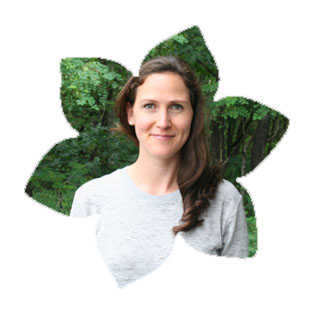The scoop on Brascan — Weyerhaeuser
My phone hasn’t stopped ringing since the announcement of the Brascan’s proposal to take over Weyerhaeuser’s coastal operations.
First Nations and community activists from Port Alberni, Bamfield, Ucluelet, Haida Gwaii have Cortes Island have been calling with a number of questions:
- How will the proposed deal affect us?
- Who is Brascan?
- What are our options are to protect our interests?
Deal at risk
I use the word proposal consciously, because the deal is far from done. Press statements indicate it won’t be finalized till the second quarter (June, presumably). Yet despite the rhetoric, significant legal hurdles exist that could scuttle the deal. Foremost is the law suit filed by the Hupacasath First Nation. They are challenging the privatization of 70,000 acres of Weyerhaeuser’s Tree Farm Licence lands, which are included in the proposed Brascan deal.
This case was launched earlier this year. It involves what amounts to almost a quarter of the private lands proposed for transfer to Brascan. Although I haven’t spoken with Judith Sayers, the Chief of the Hupacasath Nation, about the specifics, I am certain that she will amend her legal pleadings to challenge this transaction.
I have spoken with Guujaaw, the President of the Council of Haida Nation. He said the Haida intend to pursue legal action against the proposed deal. The Haida are a formidable opponent, with a strong legal team, and I’m certain their efforts will have a significant impact.
Unsurprisingly, there is some speculation that the ongoing litigation with the Haida is among the main reasons Weyerhaeuser has been trying to sell their coastal operations.
Weyerhaeuser’s proposed sale may bring to a head the nascent conflicts developing in British Columbia. Despite contrary rulings from both the BC Court of Appeal and the Supreme Court of Canada, the provincial Crown continues to operate as if it has unilateral authority to authorize resource activities on unceded First Nations lands.
The courts have imposed duties on the Crown to consult with and accommodate First Nations prior to key tenure and allocation decisions. Instead of responding to this ruling, the Province has attempted to avoid its duty by removing obligations for government approval of tenure transfers.
This Brascan proposal is just the latest in a series of tenure transfers that are vulnerable to legal challenge. Still in the cross hairs are the mergers of Canfor/Slocan, Lignum/Riverside, and Weldwood/West Fraser, as well as the recent restructuring of Doman/Western Forest Products, in which Brascan was the key player.
Dogwood Initiative’s contacts within government indicate the resource ministries know they need to amend their laws and policies to conform to the recent court rulings. However, little has been done to change any practices, let alone the legislation. Meanwhile, the number of resource tenures at risk of invalidity grows, and uncertainty increases across the land base.
This hear-no-transfer, see-no-transfer strategy is dangerous for government, particularly in the run-up to an election in which the Liberal party is banking on the resource economy as the foundation of its platform.
Playing chicken with First Nations around who has authority over lands and resources in BC is a fool’s game in the short term, and a surefire loser in the decade ahead.
Under the radar, without much press coverage, problems are already developing. The Hupacasath law suit is not the only problem for government. Combined with the blockading by Tsawataineuk First Nation and the Okanagan Nations’ soon-to-be-filed legal challenge to Liberal forest policy, these growing problems raise significant questions about the likelihood of success of the Liberals’ resource agenda.
The Brascan deal
Press releases and articles have been contradictory on whether the proposed deal is for Weyerhaeuser’s assets or the shares of its coastal subsidiary. To most observers, this distinction may seem to be a legal technicality. In fact, it has profound implications.
If Brascan is trying to purchase only Weyerhaeuser’s assets, then questions remain about Weyco’s existing liabilities and ongoing obligations to First Nations and communities: will they attach to the assets Brascan acquires? If instead this is a share transaction, then Brascan would be assuming all the responsibilities and obligations of Weyerhaeuser.
What difference does this make? Well folks on Cortez Island are wondering what will happen to the conditions the Minister of Forests imposed in 1999, when Weyerhaeuser took over MacMillan Bloedel’s lands on Cortes island.
Folks in Clayoquot Sound are similarly interested in what will happen to the Iisaak joint venture if Brascan takes over Weyerhaeuser.
And what happens to the much touted Forestry Project that Weyerhaeuser has attempted to use to brand itself (or, as some say, greenwash itself) as an environmental leader.
Stay tuned: Who is Brascan?
Given that Brascan is spinning this as a repatriation of control to a Canadian company, and that if the deal goes through Brascan would control most of the logging on BC’s coast, many are asking who is Brascan? Who controls Brascan?
Given their complicated corporate structure, combing both public and private entities, there is no easy answer. Our research indicates that it appears to be the Bronfman family through a complicated web of business arrangements. We’ll let you know more in later bulletins.
